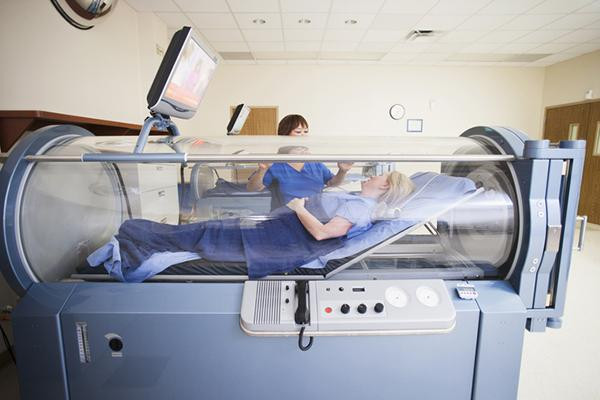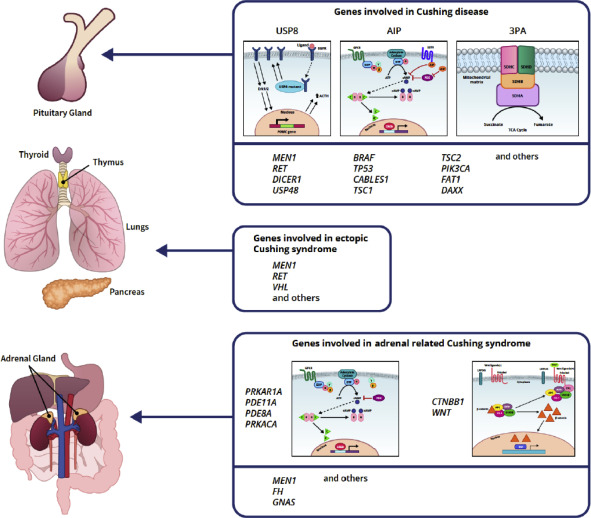
Hyperbaric oxygen therapy (HBOT) has gained significant attention recently due to its promising health benefits. A hyperbaric chamber, where individuals breathe pure oxygen in a pressurized environment, has been used for medical purposes for decades. While initially utilized to treat conditions like decompression sickness and carbon monoxide poisoning, modern hyperbaric chambers are also being explored for a range of other uses, including promoting wound healing, reducing inflammation, and even improving cognitive function. This article explores the benefits, uses, and considerations surrounding hyperbaric chambers.
What is a Hyperbaric Chamber?
A hyperbaric chamber is a sealed environment where the air pressure is raised above normal levels. Inside the chamber, patients breathe in 100% pure oxygen, which can saturate the bloodstream and tissue, aiding in faster healing and increased cellular function. The pressure in the chamber is typically 1.5 to 3 times the normal atmospheric pressure, which allows for the absorption of more oxygen than what would be possible under normal conditions.
Benefits of Hyperbaric Oxygen Therapy (HBOT)
1. Promotes Healing and Tissue Repair

Hyperbaric chambers are commonly used to treat chronic wounds, especially in patients with diabetes. The increased oxygen levels stimulate the body’s natural healing processes, accelerate tissue regeneration, and enhance the production of collagen, which is vital for wound healing. This makes HBOT an excellent option for conditions like diabetic foot ulcers, burns, and surgical wounds that fail to heal with traditional treatments.
2. Reduces Inflammation
One of the key benefits of hyperbaric oxygen therapy is its ability to reduce inflammation in the body. Inflammation plays a central role in many chronic health conditions, including arthritis and autoimmune diseases. By reducing inflammation, HBOT helps to alleviate pain, improve mobility, and slow the progression of these conditions.
3. Enhances Brain Function
Emerging studies suggest that HBOT can have positive effects on brain health. For example, it is being studied as a potential treatment for traumatic brain injuries (TBI), stroke recovery, and neurodegenerative conditions like Alzheimer’s disease. The increased oxygen supply helps improve brain function by promoting cellular repair and neurogenesis (the formation of new brain cells).
4. Improves Athletic Performance and Recovery
Athletes are increasingly turning to hyperbaric chambers to enhance their performance and speed up recovery after intense training sessions. HBOT has been shown to reduce muscle fatigue, decrease the risk of injury, and accelerate the repair of soft tissue damage. By improving circulation and increasing oxygen delivery to the muscles, athletes can experience faster recovery times and better overall performance.
5. Supports Detoxification
In a hyperbaric chamber, the body can eliminate toxins more effectively. Increased oxygen helps to stimulate the detoxification processes in the liver and kidneys, aiding in the removal of harmful substances from the body. This detoxifying effect is especially beneficial for individuals exposed to environmental pollutants, heavy metals, or those recovering from substance abuse.
6. Helps with Chronic Conditions
Chronic conditions such as fibromyalgia, Lyme disease, and chronic fatigue syndrome can be debilitating. Hyperbaric oxygen therapy has been shown to provide relief from the symptoms of these conditions, including pain, fatigue, and cognitive difficulties. By improving oxygen delivery to tissues and reducing inflammation, HBOT can significantly enhance the quality of life for individuals suffering from these conditions.
How Does a Hyperbaric Chamber Work?

Inside a hyperbaric chamber, the patient sits or lies down as the air pressure is increased. The chamber can be either a hard-shell chamber (like those used in hospitals) or a soft-shell chamber (commonly used in private settings). Once the desired pressure is reached, the individual breathes in pure oxygen for a prescribed time, typically between 60 and 90 minutes.
As a result of the increased pressure, the oxygen molecules are dissolved into the bloodstream more efficiently, allowing oxygen to reach areas that may otherwise be deprived due to injury or disease. This helps stimulate healing, reduces inflammation, and supports various bodily functions.
Is Hyperbaric Oxygen Therapy Safe?
When performed under professional supervision, hyperbaric oxygen therapy is considered safe. However, there are certain risks and contraindications to be aware of. For instance, individuals with certain lung diseases, heart conditions, or ear problems may not be suitable candidates for HBOT. It’s essential to consult a healthcare professional before undergoing treatment to determine whether it’s appropriate for your specific condition.
Potential Risks of HBOT:
- Ear and sinus barotrauma due to pressure changes
- Oxygen toxicity if exposure times or oxygen levels are too high
- Temporary changes in vision (due to the high oxygen concentration)
- Claustrophobia (in some individuals, though many find the chamber environment relaxing)
Frequently Asked Questions (FAQ)
1. How long does a typical hyperbaric oxygen therapy session last?
Most HBOT sessions last between 60 and 90 minutes, though the exact duration may vary depending on the specific condition being treated.
2. How many sessions of HBOT are required for healing?
The number of sessions required varies from person to person and depends on the condition being treated. For chronic conditions or severe injuries, multiple sessions may be necessary, often totaling 20 to 40 treatments over several weeks.
3. Is HBOT covered by insurance?
In some cases, insurance may cover hyperbaric oxygen therapy, particularly when it is used to treat FDA-approved conditions like decompression sickness or non-healing wounds. However, insurance coverage for other uses, like athletic recovery or anti-aging, may not be covered.
4. Can HBOT be used for mental health conditions?
There is growing interest in using HBOT for mental health conditions, particularly for PTSD, depression, and anxiety. While more research is needed, some studies suggest that HBOT may have a positive impact on mood regulation and brain function.
5. Are there any side effects associated with HBOT?
Some individuals may experience temporary discomfort, such as ear popping or mild vision changes, during or after treatment. However, these effects are typically short-lived and resolve after the session ends.
Conclusion
Hyperbaric oxygen therapy offers a wide range of potential benefits, from accelerating wound healing to supporting brain health and enhancing athletic recovery. While it is important to consult with a healthcare provider to ensure the therapy is appropriate for your specific needs, many individuals find that HBOT provides significant relief for a variety of conditions.
Whether you are recovering from an injury, seeking improved overall wellness, or exploring treatments for chronic conditions, hyperbaric chambers can offer a non-invasive and effective solution. As the field continues to evolve, more applications for HBOT will likely emerge, further solidifying its role in modern healthcare.







